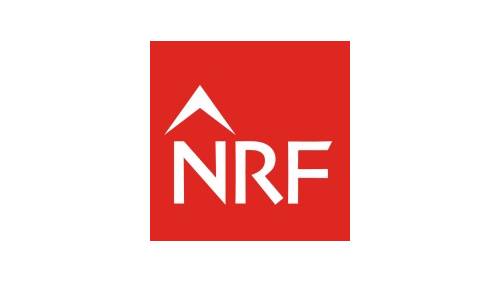What is a crypto-asset? Is it the same as cryptocurrency? * What is collateral? Can any asset be used as collateral? * What laws in Canada provide the statutory framework for loans secured by collateral? * How is a crypto-asset identified? * How does a security interest “attach” or a hypothec “hypothecates” a crypto-asset as collateral for the purposes of the PPSA or the CCQ, respectively? * How is cryptocurrency perfected for the purposes of the PPSAs and the CCQ? * What is “priority” over collateral? * How is priority determined for security interests or hypothecs taken in crypto-assets? * What is a “custodian” of crypto-assets? * How can lenders and borrowers take into account the fluctuation in value of crypto-assets used as collateral? * What happens when a borrower defaults on a loan secured by crypto-assets as collateral? * Who determines whether a loan is in default? * What happens when a borrower declares bankruptcy? * After the seizure and sale of the crypto-assets as collateral upon default, does the borrower get anything back from the lender? * When does the borrower get its crypto-asset in collateral back? * What are the KYC and KYP guidelines?
This FAQ should not be considered exhaustive, and some of the answers cannot be taken as definitive, given that the development of laws and regulations pertaining to crypto-lending is currently ongoing. Indeed, the current legal regime with regards to secured transactions is ill- equipped to provide a proper legal framework for the use of crypto- assets to secure loans and no legislation currently exists in Canada to specifically address the use of this type of collateral. As such, it should be emphasized that crypto-lending involves increased risks associated with the inherent volatility of crypto- assets cases, system anonymity, regulatory uncertainty, non- reversible transactions, unprotected deposits, as well as cyber- crimes, such as hacking and theft to name a few. It is therefore vital to follow the “Know your client” and “Know your product” guidelines to mitigate the risks associated with crypto-lending.


